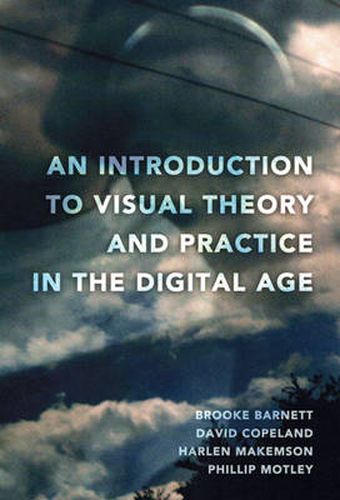Readings Newsletter
Become a Readings Member to make your shopping experience even easier.
Sign in or sign up for free!
You’re not far away from qualifying for FREE standard shipping within Australia
You’ve qualified for FREE standard shipping within Australia
The cart is loading…






Advances in digital technology over the past two decades have created a wide array of new media platforms, channels, and delivery mechanisms. Through these, people can receive staggering amounts of content. As a result, both consumers and producers of media have exciting new options in creating and acquiring content.
An Introduction to Visual Theory and Practice in the Digital Age is designed to prepare students for becoming producers of sophisticated digital media. It combines elements of visual theory and design with the practice of creating interactive media content. A framework for working in the digital world is also provided: students are asked to consider the legal, ethical, and historical aspects of visual theory and design and then combine those concepts with visual design principles and proper composition of still images, video, and sound. Real-world examples are provided, with a section where media professionals explain how theory and practice are brought together.
Designed as an introduction to the field, this book is suitable for undergraduate courses including those in multimedia journalism, visual communication, and mass communication practices.
$9.00 standard shipping within Australia
FREE standard shipping within Australia for orders over $100.00
Express & International shipping calculated at checkout
Advances in digital technology over the past two decades have created a wide array of new media platforms, channels, and delivery mechanisms. Through these, people can receive staggering amounts of content. As a result, both consumers and producers of media have exciting new options in creating and acquiring content.
An Introduction to Visual Theory and Practice in the Digital Age is designed to prepare students for becoming producers of sophisticated digital media. It combines elements of visual theory and design with the practice of creating interactive media content. A framework for working in the digital world is also provided: students are asked to consider the legal, ethical, and historical aspects of visual theory and design and then combine those concepts with visual design principles and proper composition of still images, video, and sound. Real-world examples are provided, with a section where media professionals explain how theory and practice are brought together.
Designed as an introduction to the field, this book is suitable for undergraduate courses including those in multimedia journalism, visual communication, and mass communication practices.